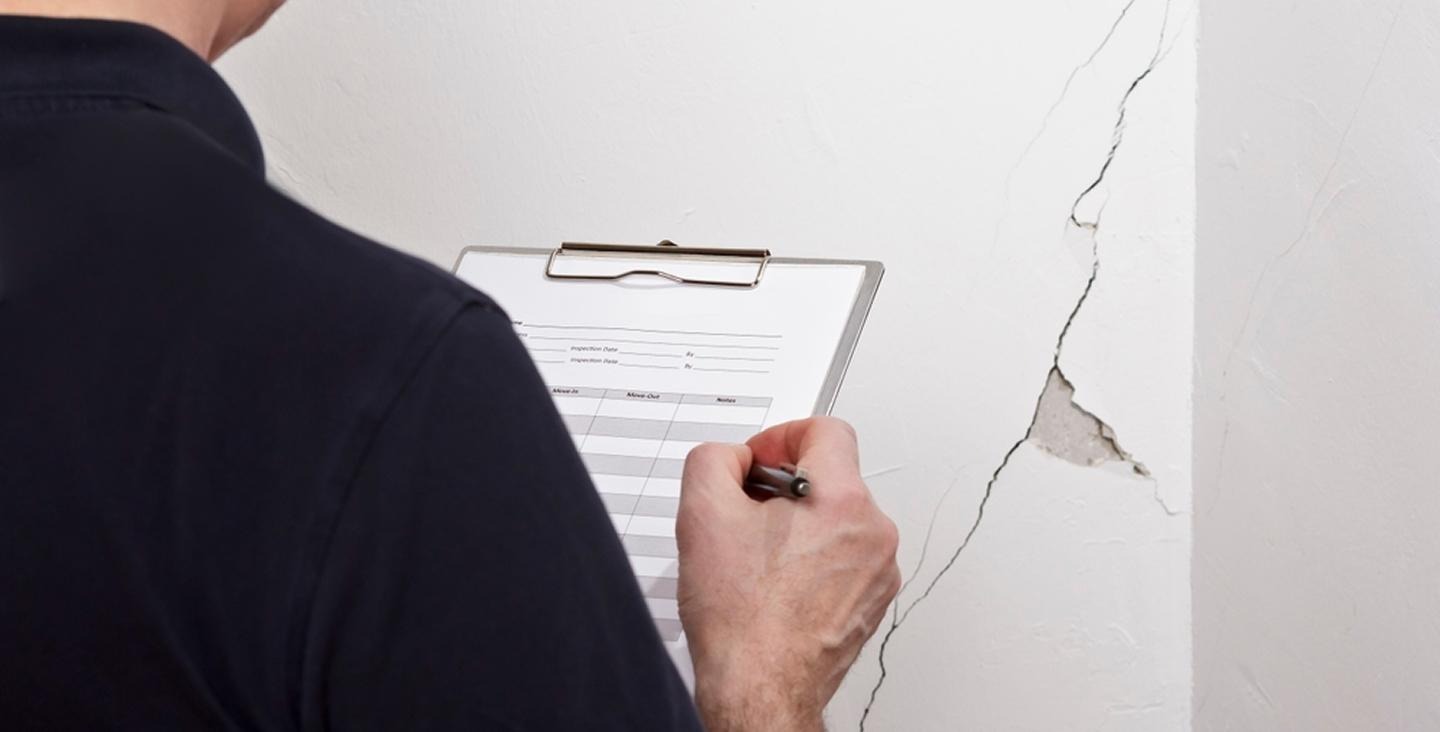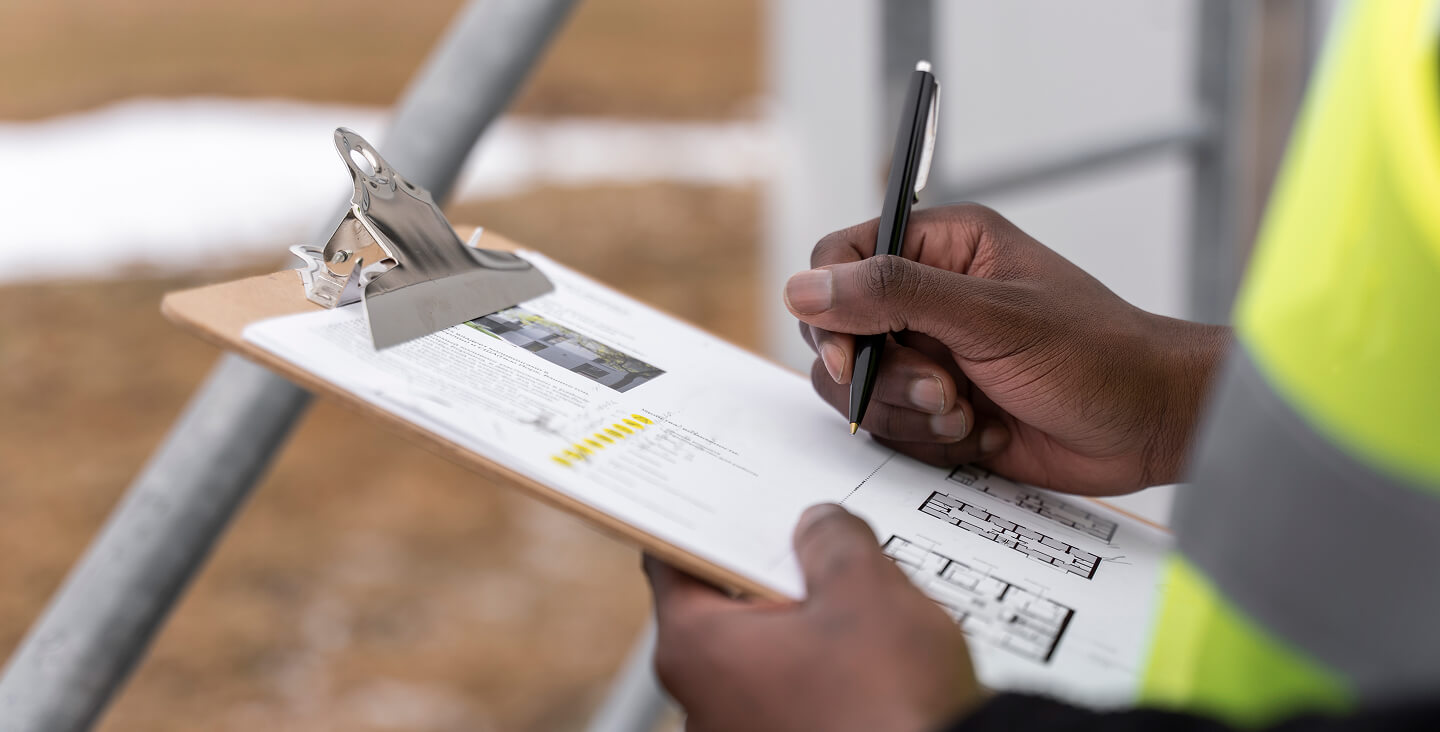
Common Structural Issues Found During Building Recertifications
Building recertification inspections are more than just a formality—they’re a safeguard for safety, longevity, and regulatory compliance. As buildings age, subtle structural flaws can grow into major hazards. Whether you own a commercial property, a multi-family residence, or a high-rise, preparing for these assessments means knowing what to expect beneath the surface.
At Prema Consulting Group, we work closely with property owners, engineers, and local authorities to ensure structures meet evolving standards. Here’s what commonly shows up during a building recertification and how our forensic and structural engineers identify, address, and document these issues before they become liabilities.
Why Building Recertification Services Matters
Unlike milestone inspections, recertification requirements vary by county and local jurisdiction, particularly in South Florida (e.g., Miami-Dade and Broward Counties). Typically at 40 yeasr of age (previously 30-year milstone), with inspections every 10 years thereafter, buildings in many jurisdictions are required to undergo formal inspections to assess their structural and electrical integrity. This process, known as building recertification, helps ensure the property is safe for occupancy.
But what do these inspections really uncover?
In our experience conducting hundreds of building recertification inspections, we’ve found that deferred maintenance, hidden water damage, and overlooked design flaws often contribute to some of the most pressing structural concerns.
5 Common Structural Issues During Recertification
Structural issues during recertification can range from minor wear and tear to significant compromises in safety. Below are the five most common problems our experts encounter:
1. Concrete Spalling and Delamination
Moisture intrusion can cause rebar corrosion, leading to cracked and flaking concrete. Left untreated, spalling reduces load-bearing capacity and exposes reinforcement to further decay.
2. Foundation Settlement or Cracks
Soil erosion, poor drainage, or original design flaws may result in uneven foundation settlement. Cracks in walls or floors may be the first visual cue, though many signs aren’t visible without expert evaluation.
3. Corroded Structural Steel
Steel framing, especially in coastal or high-humidity regions, can corrode over time. This weakens structural connections and may pose serious safety risks if not corrected early during building recertification inspections.
4. Load Path Interruptions or Modifications
Over the years, building modifications may unintentionally alter original load paths. Removing walls, changing roof loads, or improper retrofits can compromise structural integrity.
5. Roof Deck or Balcony Deterioration
Unsupported cantilevered balconies or aging roof structures are often overlooked until water damage or load failure forces a closer look during structural issues during recertification reviews.
How Prema Identifies and Resolves Structural Issues
At Prema, we go beyond surface-level inspections. Our team combines forensic engineering analysis with field-tested structural assessments to deliver reliable insights for every phase of the recertification process.
Our certified inspectors document existing damage, evaluate compliance with updated building codes, and issue clear reports for remediation, helping owners avoid costly delays or penalties. Whether you’re approaching your 40-year milestone or responding to a city notice, Prema can help guide you through each step of the process with technical precision and peace of mind.
Our Process for Building Recertification Services
Our thorough approach to building recertification services ensures no structural concern goes unnoticed:
Initial Assessment: Review of building age, records, and previous reports
On-Site Structural Inspection: Visual survey and hands-on evaluations by licensed structural engineers
Detailed Reporting: Clear documentation of all structural issues during recertification, along with repair recommendations
Remediation Planning: Collaboration with contractors and city officials to meet recertification requirements efficiently
We also support building owners through reinspection coordination, report submission, and post-repair compliance reviews.
Signs You Shouldn’t Wait for the Next Inspection
Don’t wait for a formal notice or deadline to act. If you notice these red flags, it may be time to bring in a professional early:
- Large or widening cracks in walls or ceilings
- Rust stains or exposed rebar in concrete
- Uneven floors or sloping areas
- Persistent leaks, especially near structural framing
- Signs of previous unapproved structural modifications
Early detection during voluntary evaluations can prevent bigger challenges during building recertification inspections down the line.
Final Thoughts: Safety Starts with a Closer Look
Building recertification services are more than checking boxes; it’s about ensuring the safety and resilience of your property. By understanding the common structural issues during recertification, property owners can take a proactive approach to maintenance, budgeting, and long-term asset protection.
If your building is approaching its recertification milestone, or if you’ve recently received a notice, Prema can help you navigate the inspection and resolution process smoothly.
Schedule a consultation.
Email: info@premacg.com






